Introduction: Unlocking the Formula for a Toned Physique Male Athletes Admire
In the world of modern fitness, aesthetics and performance are no longer mutually exclusive. For the driven man who wants not only to lift heavier but to look lean, defined, and athletic, a science-backed strategy is essential. Developing a powerful and toned physique male athletes can proudly showcase demands more than random gym sessions and popular workout trends. It requires a highly structured and progressive approach that emphasizes strength training, hypertrophy, cardiovascular conditioning, nutrition, and recovery, all aligned under one cohesive system.
The vision of a man toned body is not just about muscle size or low body fat. It is a precise blend of muscular symmetry, core strength, mobility, and metabolic efficiency. A well-executed training plan is the bridge that connects aspiration with achievement. Whether you’re aiming to craft a Hollywood-ready silhouette or elevate your athletic edge, understanding the components that lead to a toned male body is crucial. This guide provides an in-depth blueprint to help you build strength with intent, optimize body composition, and master the habits that define toned men at their physical peak.
You may also like: The Ultimate 30-Day Workout Plan for Men Working Out in the Gym: Proven Full Body Strength Exercises to Maximize Results
Strength Training Foundations for a Toned Physique Male Blueprint
At the core of any effort to develop a toned physique male athletes aspire to is the principle of progressive overload. This scientific concept revolves around gradually increasing the demands placed on the musculoskeletal system through well-calibrated strength training. Compound lifts such as the squat, deadlift, bench press, and pull-up provide the foundation for building both size and symmetry, while stimulating metabolic activity essential for fat loss.
The strategy for how to get a toned body for guys begins with training in multiple rep ranges. Heavy sets of 3-6 reps develop neural efficiency and dense muscle tissue, while moderate 8-12 rep sets promote hypertrophy, and high-rep work boosts muscular endurance and blood flow. Each range targets a unique aspect of the man toned body aesthetic. Full-body training splits or upper/lower splits performed three to four times per week offer optimal frequency and recovery for most men.
To maintain the integrity of joints and prevent imbalances, mobility work and prehabilitation exercises should bookend every session. Movements like hip openers, thoracic rotations, and scapular stability drills improve posture and facilitate better muscle recruitment. For those aiming to achieve a balanced and toned male physique, skipping warm-ups is a luxury no longer affordable. Integrating these preparatory practices ensures each training session yields maximum benefit with minimum risk.
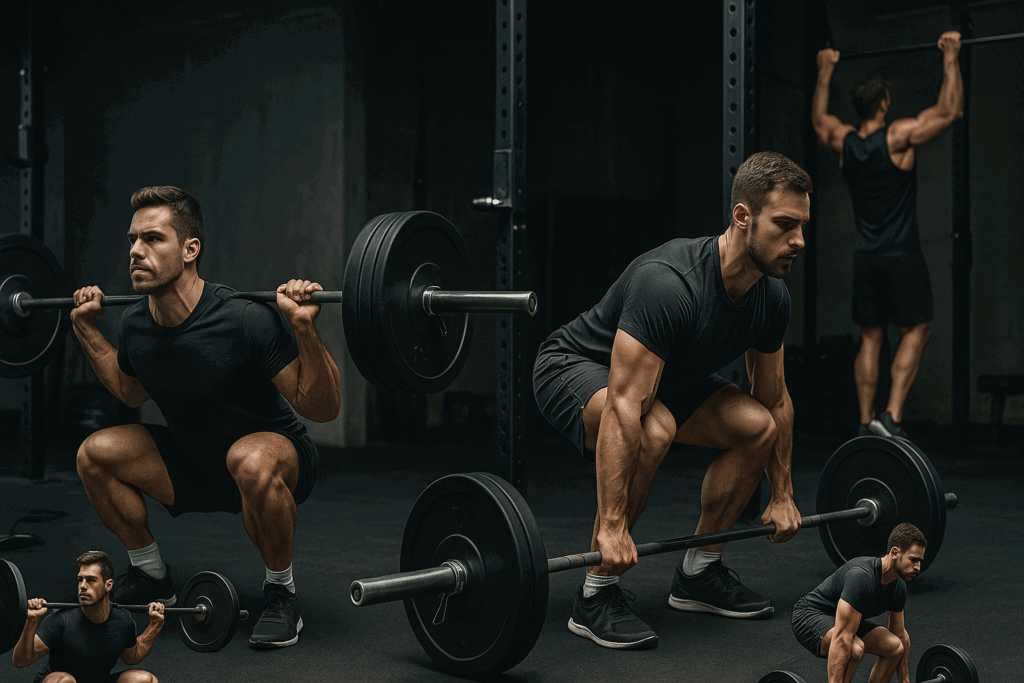
Nutrition Strategies for Achieving a Toned Male Body
Nutrition is the linchpin that determines whether strength training results in a bulkier or more refined outcome. Achieving a toned physique male fitness enthusiasts admire hinges on calorie control, macronutrient precision, and micronutrient sufficiency. A slight caloric deficit (typically 10-15%) ensures fat loss while preserving lean muscle. Protein intake must remain high—ideally 1.0 to 1.2 grams per pound of bodyweight—to support muscle repair and satiety.
Carbohydrates, often misunderstood, play a critical role in fueling intense training and supporting recovery. Strategic carb cycling, where intake varies based on training days and rest days, helps promote fat oxidation while replenishing glycogen stores. Fats, especially omega-3s from sources like salmon, flaxseed, and walnuts, contribute to hormonal balance and inflammation control.
Hydration and micronutrient balance also influence muscle tone, energy, and recovery. Dehydration can impair performance and cause muscle flatness, a key obstacle in attaining the full-toned male look. Foods rich in magnesium, potassium, zinc, and vitamin D support everything from nerve conduction to testosterone production. When in doubt, consult a registered dietitian with experience in strength training for men to customize a meal plan that fuels both performance and physique.
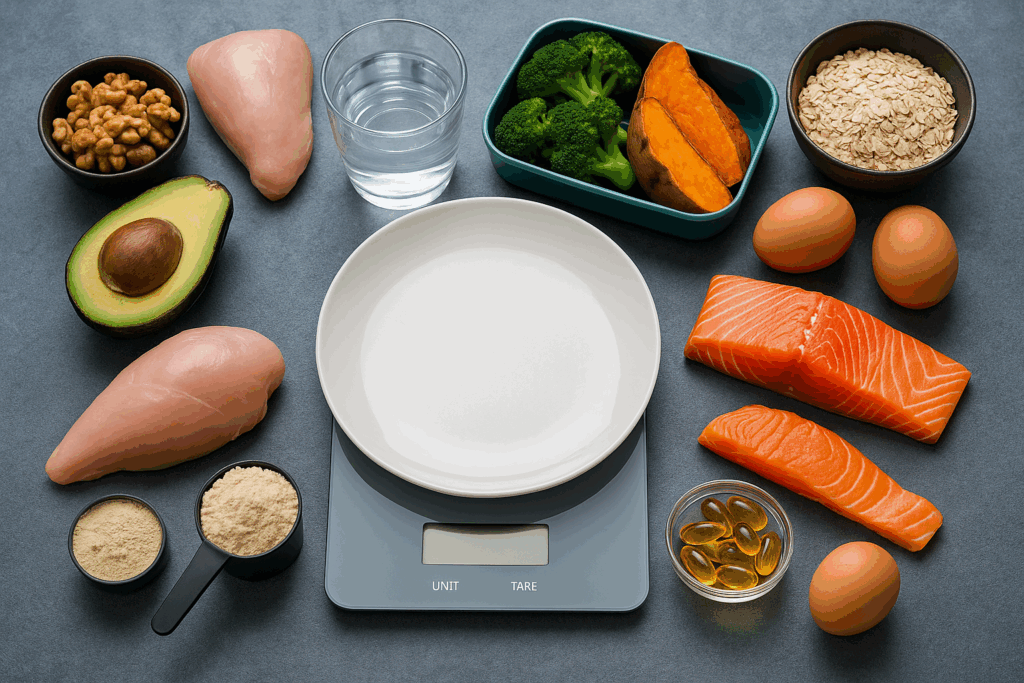
Programming Hypertrophy for the Toned Physique Male Goal
While strength training is foundational, hypertrophy-specific programming is what shapes the detailed look of a toned physique male audience members often admire on stage or screen. Hypertrophy refers to the enlargement of muscle fibers, and it relies on mechanical tension, muscle damage, and metabolic stress as key drivers. Implementing strategic volume across all major muscle groups with balanced frequency is vital.
Training each muscle group at least twice weekly with 10-20 quality sets ensures sufficient stimulus without overtraining. Prioritizing isolation movements such as lateral raises, incline curls, cable flyes, and leg extensions complements the compound lifts by targeting lagging muscles and enhancing symmetry. Advanced methods like supersets, drop sets, and rest-pause techniques create metabolic stress that accelerates hypertrophy.
It’s important to structure hypertrophy within a mesocycle framework, progressing in volume and intensity over three to six weeks before deloading. This wave-like pattern keeps the body in an adaptive state while mitigating injury and central nervous system fatigue. When hypertrophy programming is executed with consistency and intent, the visual transformation toward a toned body men aspire to becomes inevitable.
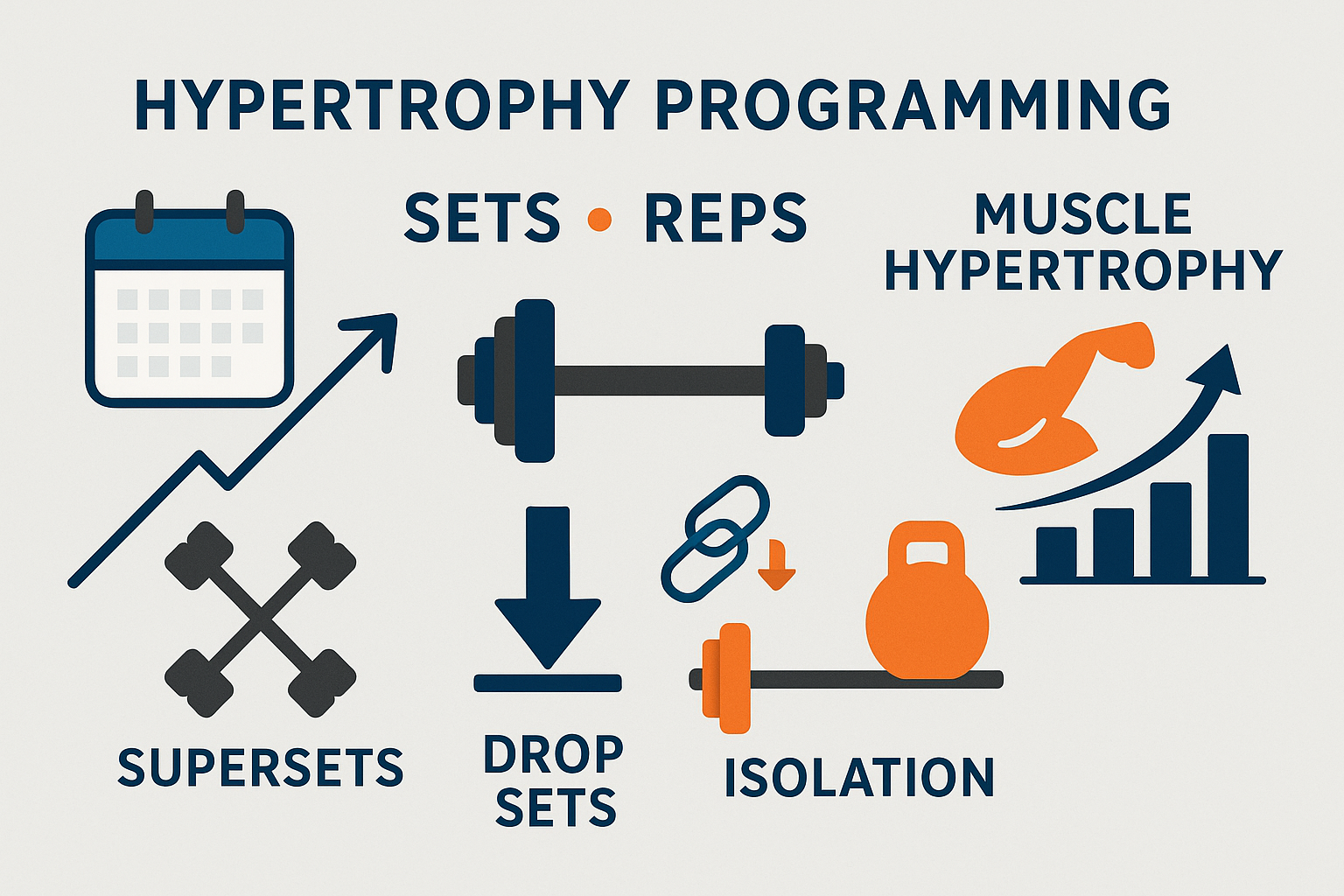
Cardiovascular Conditioning for a Toned and Athletic Look
Cardio, when intelligently applied, enhances both the appearance and performance of a toned male body. It supports fat loss, improves recovery, enhances work capacity, and contributes to cardiovascular health—all of which fortify the underlying strength gains. However, not all cardio is created equal. Steady-state cardio and high-intensity interval training (HIIT) each have distinct advantages, and their use depends on goals and recovery capacity.
For those learning how to get toned body male transformations, incorporating two to four cardio sessions per week is effective. Steady-state cardio at 65-70% maximum heart rate promotes fat oxidation without significantly taxing the nervous system. HIIT, on the other hand, stimulates mitochondrial adaptation and EPOC (excess post-exercise oxygen consumption), which boosts post-workout fat burning.
Non-traditional conditioning methods such as sled pushes, rowing, cycling, or kettlebell circuits integrate strength and endurance training in one session. These modalities challenge the heart and muscles simultaneously, preserving muscle mass while incinerating fat. The result is a lean, sculpted look that distinguishes toned men from bulk-focused lifters. Rotating cardio intensities also prevents adaptation and ensures continuous progress.

Lifestyle and Recovery Tactics for Toned Men
The gym and kitchen are essential battlegrounds, but it’s the invisible hours that make or break a toned physique male transformation. Recovery and lifestyle habits play a pivotal role in hormonal balance, inflammation control, tissue regeneration, and mental resilience. Inconsistent sleep, unmanaged stress, and social habits such as excess alcohol can quietly sabotage the most dialed-in training plan.
Sleep, in particular, is a critical recovery tool. Deep sleep facilitates growth hormone secretion and muscle protein synthesis, while REM sleep supports mental recovery and learning. Aim for seven to nine hours of uninterrupted sleep, and develop a pre-bed routine involving light stretching, screen dimming, and meditation or journaling.
Stress management techniques such as mindfulness, cold exposure, nature walks, and breathwork lower cortisol and enhance emotional stability. These tactics help prevent emotional eating and improve adherence to your strength and nutrition protocols. Additionally, ensuring proper downtime from training by scheduling deload weeks or active recovery sessions reduces cumulative fatigue.
Social support—often underestimated—is a game changer. Surrounding yourself with people who align with your values fosters consistency and accountability. Whether it’s a training partner, online community, or coach, your environment can be the difference between falling short and unlocking the best version of your toned male body.
Training for Aesthetic Symmetry and Balanced Strength
A truly impressive man toned body does not just boast raw power but balanced proportion and symmetry. Aesthetic appeal in the toned physique male model is driven by muscle harmony, posture, and relative strength across movement planes. This requires more than just focusing on favorite lifts or body parts. A strategic approach to symmetry should underpin your entire training structure.
Upper-to-lower body ratios, left-to-right side strength, push-to-pull balance, and flexor-extensor development must all be addressed. Neglecting any of these dimensions results in plateaus or visual imbalances that detract from a polished look. Incorporating assessments such as overhead reach, hip mobility tests, and shoulder symmetry drills reveals movement compensations that can be corrected with smart programming.
Corrective accessory work plays a critical role here. Movements like Bulgarian split squats, single-arm dumbbell presses, and face pulls improve muscular equilibrium and reduce injury risk. Strategic sequencing within a session—e.g., pulling before pushing—can also improve performance and neurological patterning. When training is treated as a craft, not just a grind, the development of a refined, symmetrical, and toned physique male lifters seek becomes a reality.
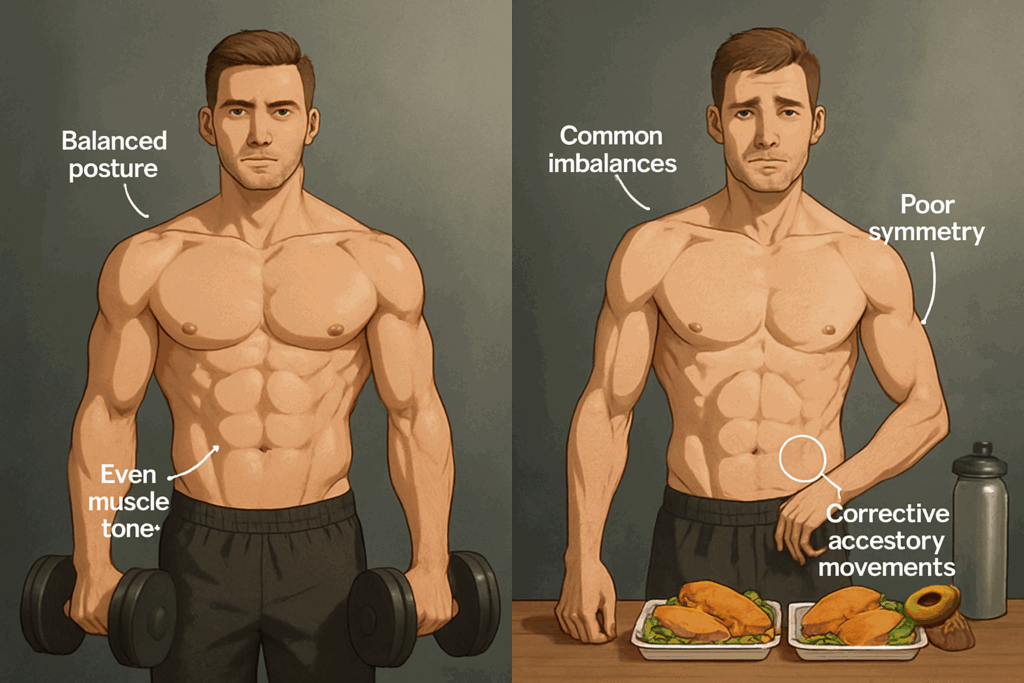
Hormonal and Metabolic Health for Sustainable Physique Results
Behind every visible result lies an internal physiology that either supports or sabotages physical progress. Achieving a toned male body demands hormonal optimization and metabolic stability. Testosterone, growth hormone, insulin, and cortisol are key players that must be understood and managed through lifestyle and dietary strategies.
Natural testosterone levels can be supported through consistent resistance training, adequate fat intake, deep sleep, and zinc and magnesium sufficiency. Growth hormone production benefits from fasting windows, sleep quality, and high-intensity training. Managing insulin through carb timing and avoiding excess sugar helps maintain a lean profile. Meanwhile, cortisol, the stress hormone, should be kept in check through meditation, laughter, and balanced workloads.
A sluggish metabolism can often be reversed by increasing lean mass, walking more frequently, and avoiding extreme caloric deficits. Metabolic adaptation is common in those who diet aggressively for too long, and recovery phases or reverse dieting are often necessary. The toned physique male transformation is not about starving the body into leanness, but about feeding it in ways that support muscle retention and fat loss simultaneously.
Lab testing can provide insights into thyroid function, testosterone, and micronutrient deficiencies. Partnering with a physician or sports nutritionist ensures that your efforts in the gym are matched by a robust hormonal and metabolic environment inside the body.
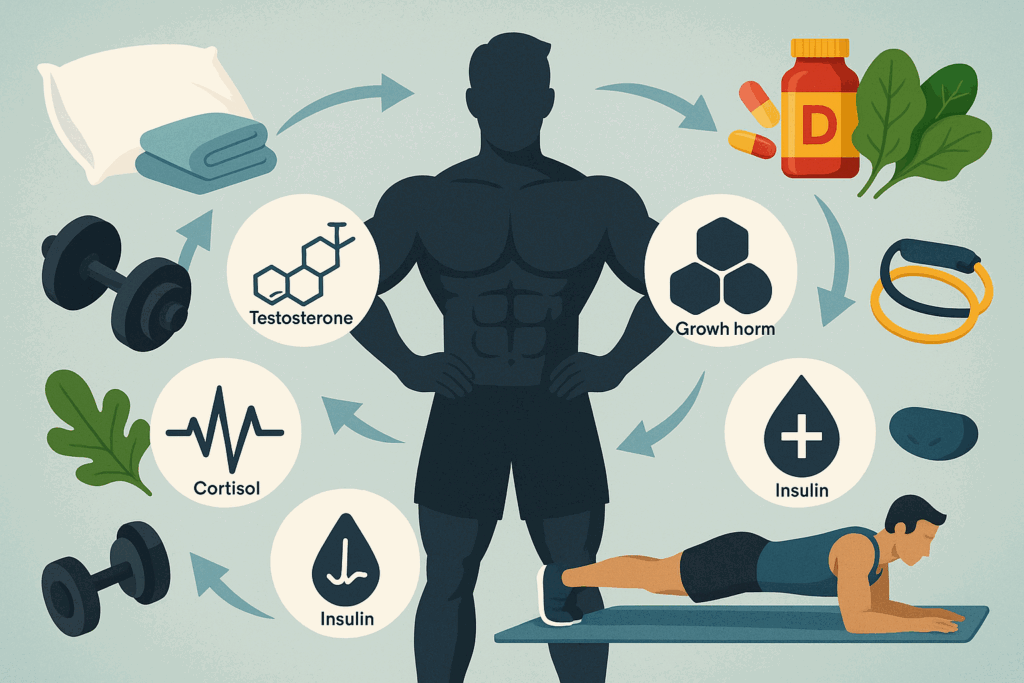
Realistic Timelines and Progress Milestones for a Toned Physique Male Goal
Creating a visually striking and functionally strong body is a journey measured in months and years, not weeks. Understanding the timeline for developing a toned physique male athletes seek helps foster patience and commitment. Most men with average genetics and consistency can expect to see noticeable changes in 8-12 weeks, with transformational results unfolding over 6-12 months.
Initial progress often appears quickly as neurological adaptations improve performance and muscle glycogen expands. However, the middle phase—where fat loss and lean tissue gains must occur simultaneously—requires persistence. Tracking data such as waist circumference, photos, training logs, and strength benchmarks helps validate progress even when the scale doesn’t budge.
Setting micro-goals, such as increasing your bench press by 10%, completing five strict pull-ups, or achieving visible abs under relaxed posture, keeps motivation high. Celebrating these wins reinforces the long-term journey and builds confidence. Avoid comparison to others and instead embrace your unique path toward a toned male body that reflects your effort and intention.
Maintenance, once achieved, is its own discipline. Establishing identity-based habits (“I train because I am someone who values strength”) locks in the physique with less effort over time. When results are viewed as a byproduct of identity, long-term success becomes a self-fulfilling prophecy.
Frequently Asked Questions for Building a Powerful and Toned Physique Male Athletes Admire
1. What is the most sustainable way to maintain a toned physique male athletes develop through intense training?
Sustainability comes down to lifestyle integration rather than constant dieting or overtraining. Once a toned physique male lifters have worked hard to develop is achieved, transitioning into a maintenance phase is essential. This means slightly increasing calories to a maintenance level, keeping protein intake high, and continuing with resistance training at reduced volume or frequency. Instead of training five days a week, some may find four strength sessions and one active recovery day ideal for longevity. This approach prevents burnout, maintains lean mass, and allows for more flexibility in social and work life while preserving a man toned body.
2. How does the psychological aspect influence success in building a toned male body?
The mental component is often the silent driver of success or failure. Building a toned male body requires consistency, delayed gratification, and self-discipline—traits deeply tied to mindset. Cultivating identity-based habits, such as “I am the kind of person who trains regardless of motivation,” can override emotional fluctuations. Visualization, journaling, and setting internal goals rather than relying solely on external validation are crucial for long-term focus. For those wondering how to get a toned body for guys, working on mental resilience can make the difference when progress slows or life complicates your routine.
3. What role does mobility play in achieving a toned physique male model look?
Mobility isn’t just for injury prevention—it enhances aesthetics and movement quality. A toned physique male lifters aspire to should also move fluidly, not just look good in still photos. Improving ankle, hip, and shoulder mobility allows for deeper, safer squats, fuller chest activation in presses, and better posture. This not only optimizes muscle recruitment but also shapes how your muscles sit and appear when relaxed. Incorporating 10-15 minutes of mobility work daily improves training outcomes and helps shape the balanced, powerful look of toned men.
4. Can someone achieve a toned male body with limited gym equipment or while training at home?
Absolutely, though it requires intelligent programming and progressive overload strategies. A toned male body can be developed using bodyweight movements, resistance bands, dumbbells, and adjustable weight tools like sandbags or kettlebells. Movements such as Bulgarian split squats, push-up variations, and banded pull-aparts are highly effective when progressed with tempo, range of motion, and volume. For those seeking how to get toned body male results without a gym, structured full-body routines performed consistently 3-5 times per week can yield impressive results when paired with proper nutrition.
5. What are some overlooked nutrition habits that support a toned physique male transformation?
While macro tracking gets most of the attention, micronutrient sufficiency is often neglected. Nutrients like zinc, magnesium, selenium, and iodine play essential roles in hormonal health and metabolic function. Consuming a diverse array of whole foods, particularly organ meats, shellfish, cruciferous vegetables, and berries, supports the foundation of toned body men wish to sustain. Additionally, nutrient timing—especially consuming protein within 60 minutes post-workout and complex carbs at dinner—supports recovery and sleep. Hydration, often overlooked, directly impacts muscle fullness and vascularity, both crucial to achieving a lean, sculpted appearance.
6. How can someone adjust their training as they age while still pursuing a toned physique male goal?
Aging brings hormonal shifts, joint wear, and slower recovery—but it doesn’t mean sacrificing aesthetics. To maintain a toned physique male lifters in their 40s, 50s, or beyond should adjust training frequency, intensity, and recovery protocols. Lower-impact movements, more unilateral training, and eccentric tempo work reduce stress while preserving muscle. Strength training two to four times per week, paired with regular walking or low-impact cardio, is highly effective. With strategic nutrition and sleep habits, even older trainees can retain or develop a strong, toned male body well into midlife and beyond.
7. What supplements genuinely support the development of a man toned body?
While no supplement replaces training and nutrition, some are supported by evidence. Creatine monohydrate enhances strength, recovery, and muscle cell volumization, all contributing to a toned physique male athletes appreciate. Whey protein or a high-quality plant-based alternative helps meet daily protein targets. Omega-3s support inflammation control and cardiovascular health, while vitamin D and magnesium are crucial for hormone regulation. For men pursuing how to get a toned body for guys with a busy schedule, supplements can fill gaps without replacing whole food foundations.
8. Why do some toned men lose their physiques despite once achieving impressive results?
Loss of routine, psychological burnout, and lifestyle misalignment often erode physical progress. A toned male body is not just the result of a program—it reflects daily decisions, from meal choices to sleep hygiene. Many lose their edge due to overconfidence post-transformation, reduced accountability, or shifting priorities. Periodic goal setting, photo tracking, and continued learning help maintain motivation. Sustainability is key: the habits that built your toned male physique must evolve, not disappear, once your visual goals are met.
9. How does social influence impact motivation when building a toned male body?
Social circles can either reinforce or sabotage fitness goals. Surrounding oneself with supportive peers who value health increases adherence and self-belief. Conversely, environments where junk food, late nights, or mocking fitness efforts are normalized can derail progress. Joining communities—both online and offline—where the toned physique male ideal is understood and respected reinforces habits. Positive feedback loops from friends and training partners provide motivation and accountability during plateaus. Choose social inputs as carefully as training protocols.
10. What technologies can support the journey to a toned physique male athletes pursue?
From wearables to apps, technology can streamline your transformation. Heart rate monitors and fitness trackers offer data on recovery and training readiness. Apps like MyFitnessPal or Cronometer help manage nutrient intake accurately. Form-tracking tools, such as video analysis apps, assist in technique refinement, ensuring optimal results for those learning how to get toned body male style. Additionally, AI-driven coaching platforms provide personalized feedback and progression planning. When used wisely, tech can magnify the efficiency and precision of every effort in the gym, kitchen, and beyond.
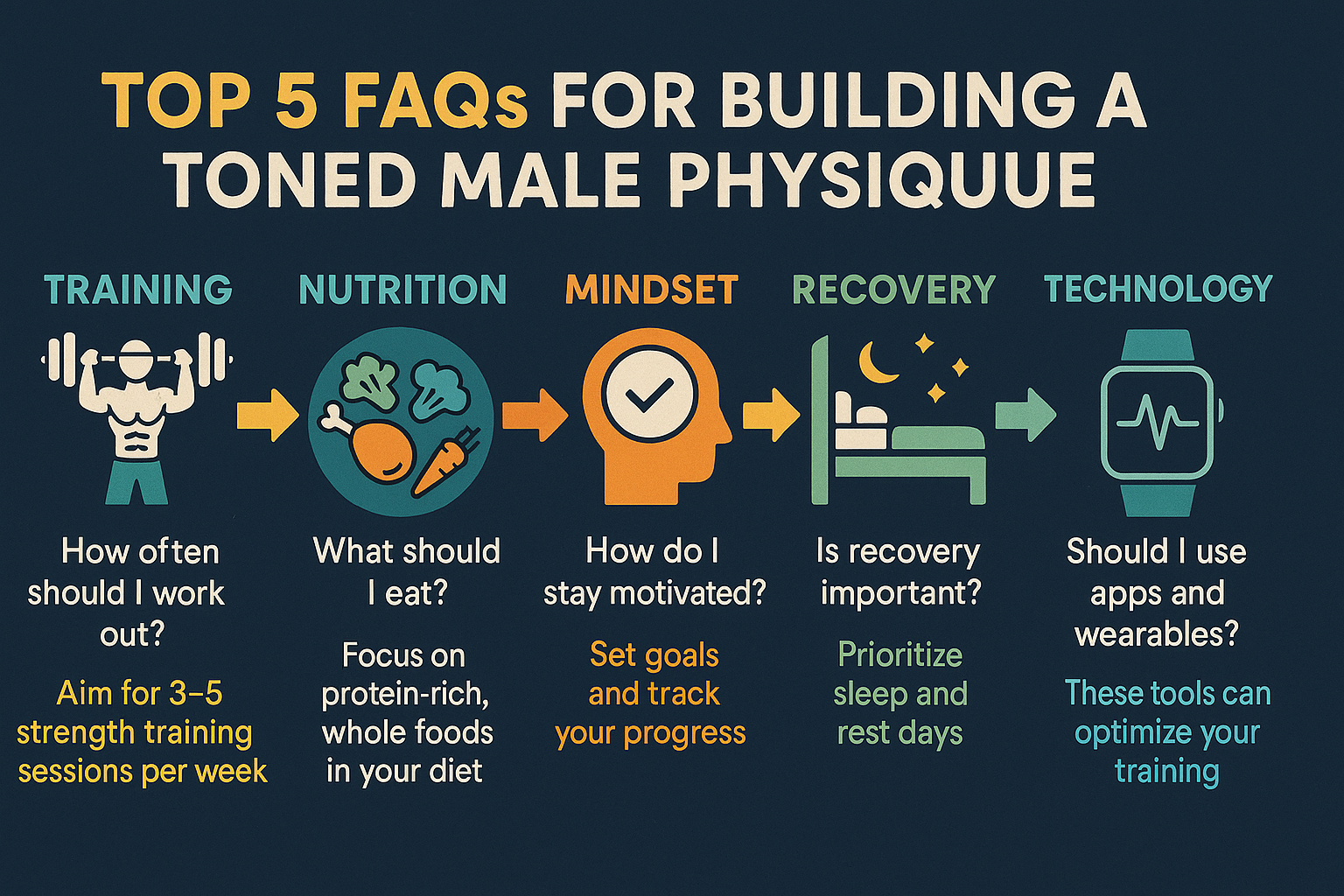
Conclusion: Creating and Sustaining a Toned Physique Male Athletes Can Champion
The pursuit of a strong, aesthetic, and toned physique male athletes and professionals admire is more than a physical endeavor—it is a commitment to discipline, education, and self-respect. It blends the rigors of progressive strength training with the nuance of nutrition, recovery, and lifestyle mastery. To build the kind of body that exudes both performance and pride requires more than motivation; it requires systems, habits, and purpose.
By implementing the strategies outlined in this strength blueprint—from periodized programming to hormonal optimization—you lay the foundation for sustainable transformation. Whether your goal is a toned male body for personal confidence, athletic excellence, or visual appeal, this journey is yours to define. Remember that consistency trumps intensity, and lifestyle alignment trumps short-term sacrifice.
Let this guide be your compass as you forge a path toward becoming one of the elite toned men whose strength is matched by discipline and whose physique speaks of effort, not luck. When your actions align with your ambitions, your reflection in the mirror will reveal a legacy of strength worth being proud of.
Further Reading:
This Is How A Toned Body For Men Looks Like, According To Science





